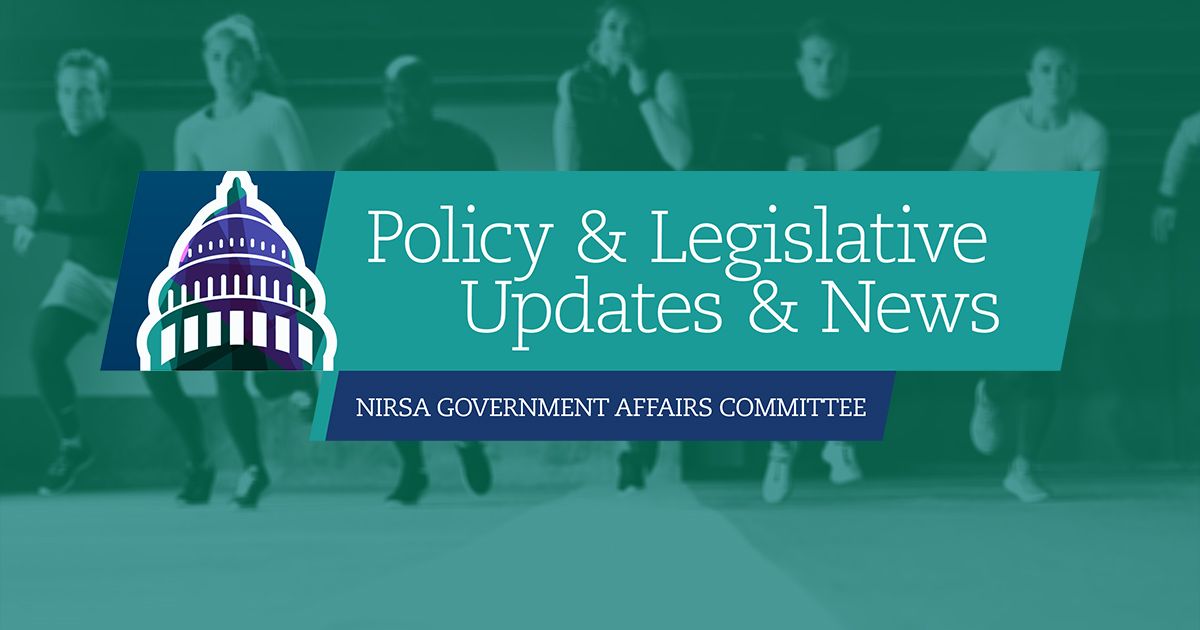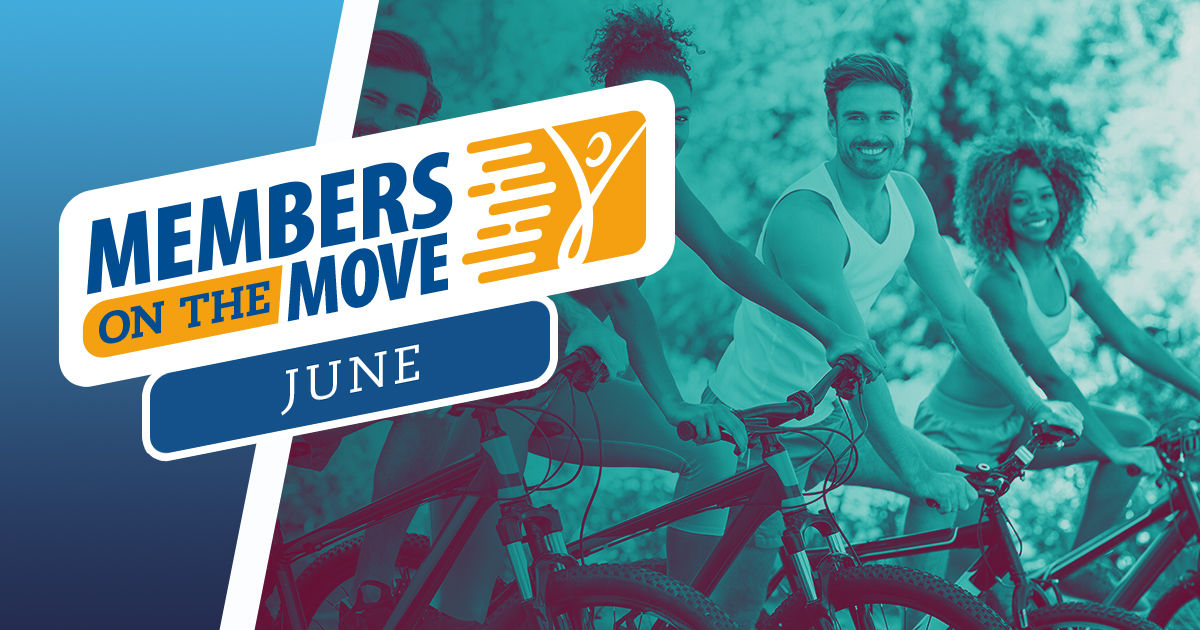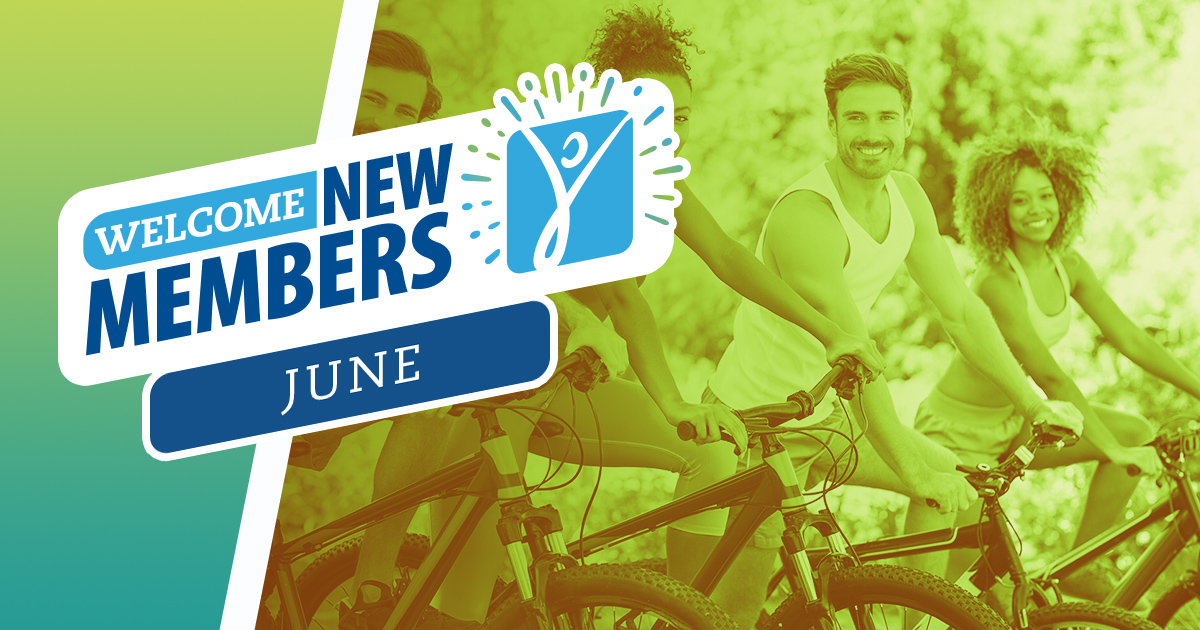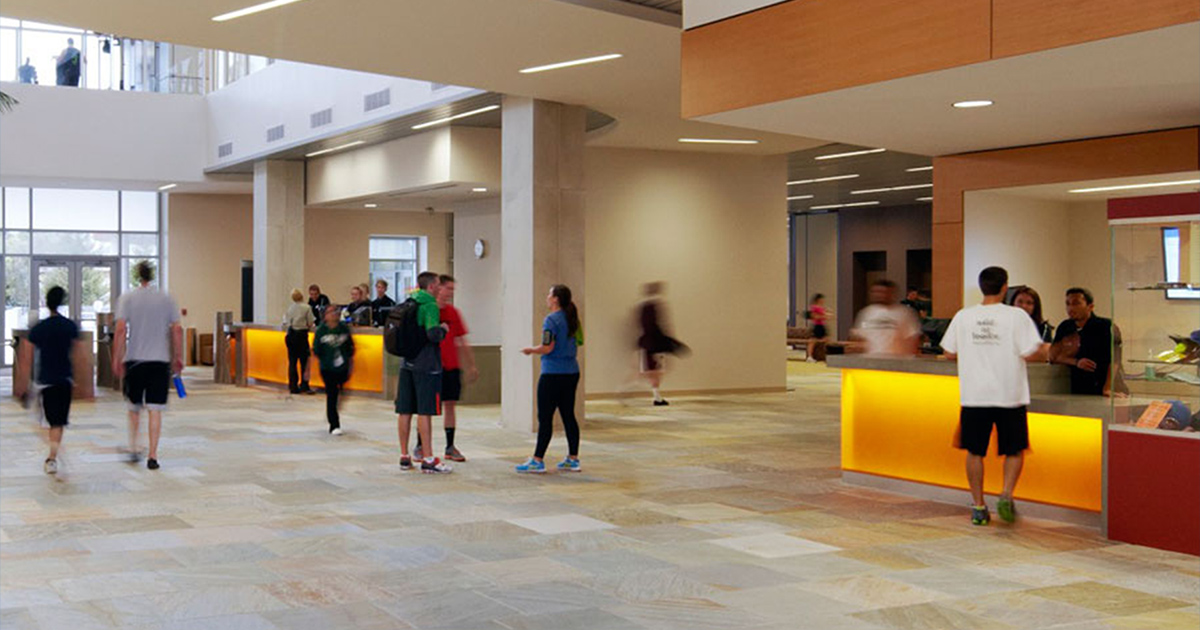Alongside Darryl Lovett, Assistant Director for Campus Recreation’s Fitness Facility Operations, I recently attended and presented at the 6th Foro Internacional de Asuntos Estudiantiles (FIDAE), hosted by NASPA-Mexico in Monterrey, Mexico. Darryl and I were happy to represent both NIRSA and Florida State University at the conference.
FIDAE—which translates in English as the International Forum on Student Affairs—is an annual event organized jointly by the Autonomous University of Nuevo León, Tecnológico de Monterrey, Monterrey University, New Regiomontana University, Tecmilenio University, and the Inter-American University for Development. It is designed for student affairs professionals from Mexico and the rest of the world to learn and share experiences as well as prepare us to be leaders committed to education.
The theme for this year’s conference—recreation, athletics, and wellbeing—was right in our wheelhouse, and so we were very excited to bring some of the leading ideas and research from NIRSA and the field of collegiate recreation in North America to a captive audience.
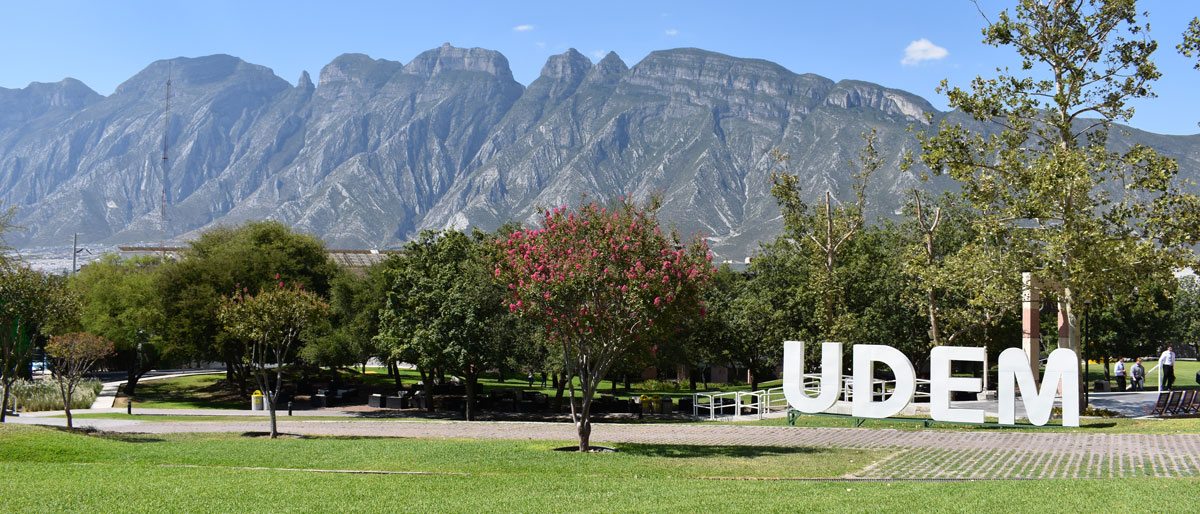
A workshop focused on the dimensions of wellbeing
During our six-hour workshop, “Planning Recreation Programs with Intention: Incorporating Wellbeing into Student Programs and Services,” we introduced attendees to the visual NIRSA model Valuing Health & Wellbeing in Collegiate Recreation and to Dr. Scott Forrester’s report The Benefits of Campus Recreation before leading them through an interactive and collaborative exercise where they were asked to rank the various dimensions of wellbeing as high or low priorities of focus on their respective campuses. We then asked them to create a collaborative program that could address discrepancies in programs and services for students’ wellbeing on campus.
Latin American higher education professionals—just like their American colleagues—care very much about the wellbeing of their students and staff. They are always searching for best practices in holistic health and wellness, and are intentional in planning high-impact practices that best serve students.
We asked the various groups to stand and present their findings regarding low-priority elements of wellbeing on campus versus high-priority elements, and discovered there were many similarities regardless of institution or location. Most institutions declared that current high priorities include social wellness and physical wellness; efforts are made to program around social justice and to promote physical activity.
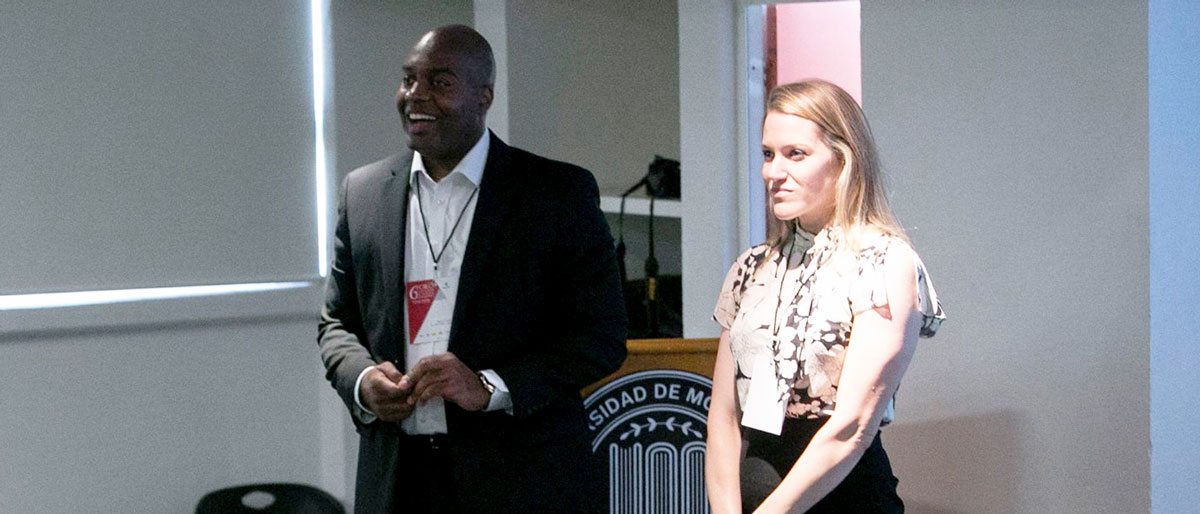
Low priorities were also very similar from institution to institution. Financial wellbeing and occupational wellbeing ranked low though one attendee stated that most students have very little to no understanding of budgeting, credit, or other personal financial concepts until after college or after they get married.
I was surprised to learn that occupational wellbeing ranked low. Previous trips I’ve taken to campuses in Monterrey, Guadalajara, Leon, and Queretaro revealed that higher education institutions in Mexico are very committed to ensuring that their students have jobs or own their own business by the time they graduate. They guarantee this through deliberate program placement when students are first entering college followed by rigorous retention efforts throughout the students’ college tenures.
Additionally, for students who want to start their own business, many colleges have “incubators”—dedicated entrepreneurship facilities where students can work from labs and offices free of charge and have field professionals as mentors to help them get their business running. While all of these efforts are amazing and more than I’ve ever seen any US campus undertake to ensure a high percentage of job placement following graduation, discussions with colleagues revealed the reason for a low priority score on occupational wellbeing. Professionals indicated that students are put into their career direction early on, but some change their minds about their choice and then feel stuck and unhappy. This impacts not only their occupational wellbeing, but also their happiness—their emotional wellbeing.
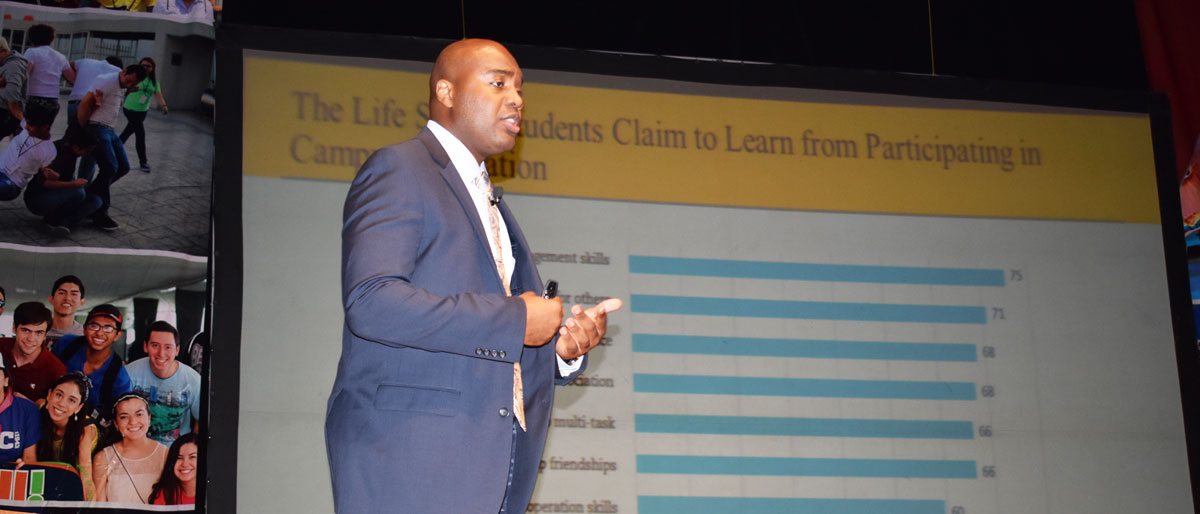
A Master’s Conference lecture with incredible impact
Darryl was also invited to present a Master’s Conference lecture on the impact of recreational activities on student wellbeing. Walking onto the stage, he opened with the claim: “Success is not solely measured by your position in life. It is also measured by the obstacles you have overcome and your journey itself.” He immediately had the audience’s attention. And he began to pull them in more by telling a story of a boy moving through his life journey—it became clear to the audience before too long that this was his own story.
He described his late discovery of natural athletic ability as a sophomore in high school, the accelerated pace with which he was steered into varsity teams in sports, his decision to sign with the Florida State University football team, and the life-altering injury he suffered during a practice game. That injury not only shifted his career direction, but also painted a picture for him of the challenges many students, including athletes, go through during their college tenure.
Darryl tied his own life story to the efforts of higher education administrators and to the strong impact certain practices have on the lives of the students who participate in our programs, use our facilities, and cross our paths. He reiterated three major points. First, holistic wellbeing is a collaborative effort transcending many departments across an institution’s campus. Second, the impact of recreation on peoples’ lives is often overlooked; it is frequently seen as just “having fun” or people “hanging out,” but the impact it has is incredible. Recreation has implications that affect society, the economy, politics, business ventures, cultural health, and our environment. Third, recreation offers various opportunities for personal development and contributes to a higher quality of life.
Throughout the presentation, Darryl shared stories from college life and teased out lessons learned that he applies today as a higher education administrator. The NIRSA model Valuing Health & Wellbeing in Collegiate Recreation was introduced to an audience of more than 250 participants, and was discussed in context of assisting students in life and skill development. The audience was engaged and at times throughout his story they were in tears.
Darryl spoke to the audience on multiple levels. He spoke to the notion that the skills developed through participation in recreation help contribute to not only individual health and wellbeing, but also are important to a factor held in the highest regard in Latin America: healthy students produce healthy citizens ready to contribute to a healthy country economy.
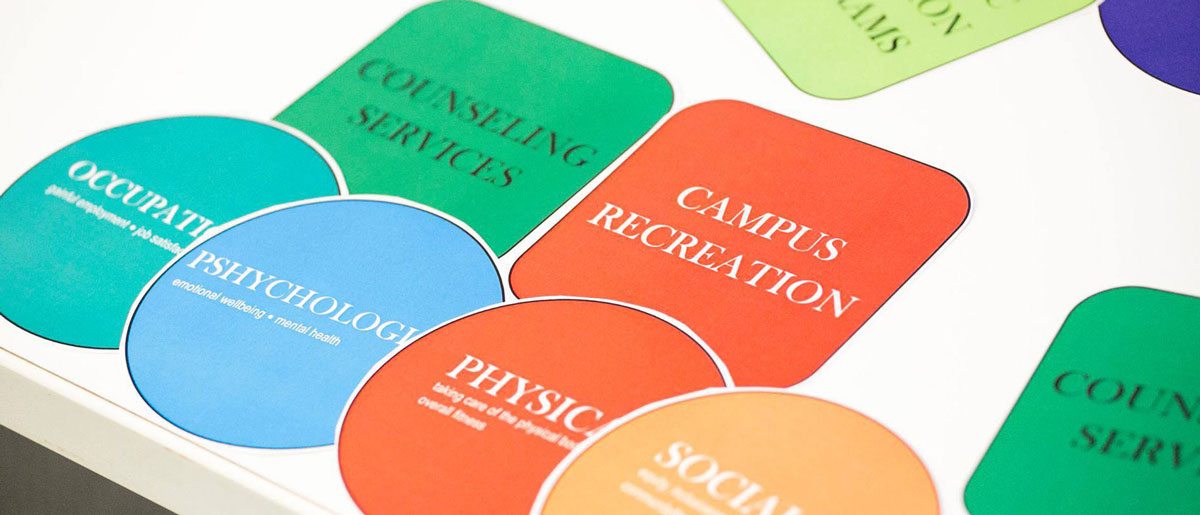
A global commitment to wellbeing
When institutions—or even companies—focus on wellbeing, they help produce happy workers who perform better as well as happier people who have more successful relationships and produce more harmonious communities. Higher education institutions are natural places to explore concepts of wellbeing and so it’s incredibly exciting that discussions of student development and holistic wellbeing on college and university campuses are in their early stages in Central and South America.
The next upcoming conference to promote global context in higher education practices is coming up in October 2017 with the NASPA LAC First International Student Affairs Conference: Challenges and Meaning in Bogota, Columbia. No doubt, it will be a fantastic experience for all attendees and a way for higher education professionals to come together and work towards healthier students and healthier communities.
- If you are interested in highlighting your campus or a NIRSA member’s achievements on your campus, pitch us your ideas.
April Lovett (Moore) is currently the Assistant Director of Assessment and Student Development at Florida State University. She can be reached at admoore2@fsu.edu.



